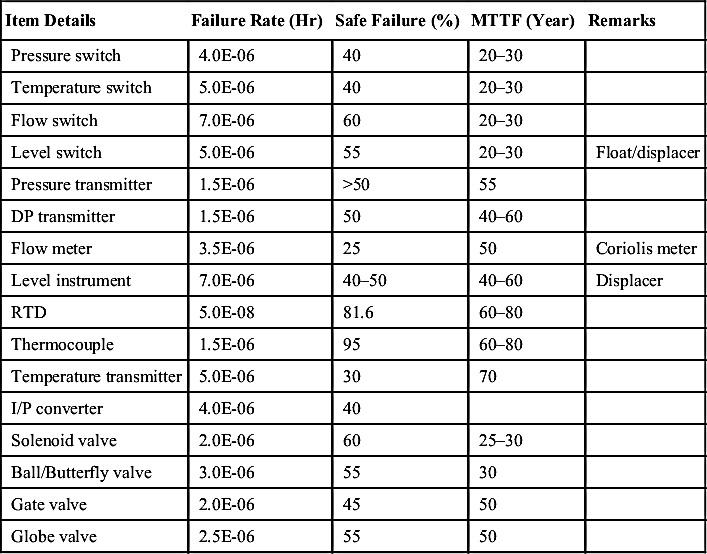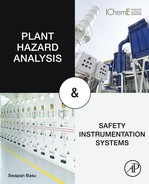Safety Instrumented System Requirements for Fieldbus and Control Components
Abstract
Safety instrumented systems (SISs) component failure rate is extremely important for discussions on SIS components. In modern SIS, safety instrument function (SIF) components are connected by safe fieldbus, so detailed discussions on the requirements of safe fieldbus have been covered. The discussions also encompass details about EDDL, FDT, and various requirements of FF, PI OPC and HART so that FDI is possible. Alarms in SIS are important because it forms an IPL, therefore detailed discussions on alarm life cycle and alarm realization along with alarm management has been covered. Various technical aspects of sensors are also important part of SIF. Safe PLC is a requirement of SIS, so now the same can be realized has been covered. Also discussions on pros and cons of integration of BPCS and SIS via safe PLC have been covered. Final element which is the most vulnerable in SIS have been discussed at length with special reference to partial stroke testing full stroke testing and smart digital positioner. The chapter will be helpful in understanding the entire SIF loop thoroughly.
Keywords
1.0. General
Table IX/1.0-1
Phase-wise Responsibility of End-user and Supplier
| Phase | Responsibility | Activities |
Pre-design Phases 1–5 & 9 | End-user | Hazard identification, specify requirements, & setting up target SIL |
Design & installation Phases 6–8, 10–13 | Manufacturer/supplier | Development as per requirements and get target SIL |
O&M Phases 14–16 | End-user | Operation, maintenance, modification, & SIL maintenance |
1.0.1. Process/Plant Safety Requirement Specification Details
1.0.2. Component Related Issues
1.0.3. Safe Fieldbus (FB)
1.0.4. Sensor
1.0.5. Logic Solver
1.0.6. Final Elements
1.0.7. Typical Failure Data
Table IX/1.0.7-1
Typical Failure Rate for Some Common Field Devices
| Item Details | Failure Rate (Hr) | Safe Failure (%) | MTTF (Year) | Remarks |
| Pressure switch | 4.0E-06 | 40 | 20–30 | |
| Temperature switch | 5.0E-06 | 40 | 20–30 | |
| Flow switch | 7.0E-06 | 60 | 20–30 | |
| Level switch | 5.0E-06 | 55 | 20–30 | Float/displacer |
| Pressure transmitter | 1.5E-06 | >50 | 55 | |
| DP transmitter | 1.5E-06 | 50 | 40–60 | |
| Flow meter | 3.5E-06 | 25 | 50 | Coriolis meter |
| Level instrument | 7.0E-06 | 40–50 | 40–60 | Displacer |
| RTD | 5.0E-08 | 81.6 | 60–80 | |
| Thermocouple | 1.5E-06 | 95 | 60–80 | |
| Temperature transmitter | 5.0E-06 | 30 | 70 | |
| I/P converter | 4.0E-06 | 40 | ||
| Solenoid valve | 2.0E-06 | 60 | 25–30 | |
| Ball/Butterfly valve | 3.0E-06 | 55 | 30 | |
| Gate valve | 2.0E-06 | 45 | 50 | |
| Globe valve | 2.5E-06 | 55 | 50 |


